What artists want to paint and what collectors wish to buy do not always look the same. What follows are Joshua LaRock’s musings on finding the common ground and bringing these desires closer together.
The following article was originally written in 2015, but is still relevant today.
Finding the Overlap
BY JOSHUA LAROCK
This is no new phenomenon: Artists from every age have had to align themselves with the tastes of patrons. I am often tempted to nostalgically look to what seems like “the good ol’ days,” when artists were set free to create unhindered. But this is a fantasy that crumbles like those in Woody Allen’s “Midnight in Paris.” Even the artistic pillar, Michelangelo, is widely known to have reluctantly accepted the Sistine Chapel commission only so he would be able to continue sculpting Pope Julius II’s tomb.
I marveled at Ross King’s description in “The Judgment of Paris” regarding Meissonier’s true desire to paint large, epic battle scenes when he had actually made his fortune and reputation painting what he called “bonshommes”—small genre scenes from the seventeenth and eighteenth centuries. Bouguereau began his career with large-scale allegorical pieces like “Dante and Virgil in Hell” (which I understand went unsold) and then changed course, under pressure from his dealer Durand-Ruel, toward his better-known idyllic peasants, aligning with fashionable tastes. The list could go on.
I suppose the question is: Does this amount to selling out? Are we to look on these artists and their work with some sort of derision because they adapted to the market? Have we romanticized the starving artist who sells nothing, but remains “true to himself?”
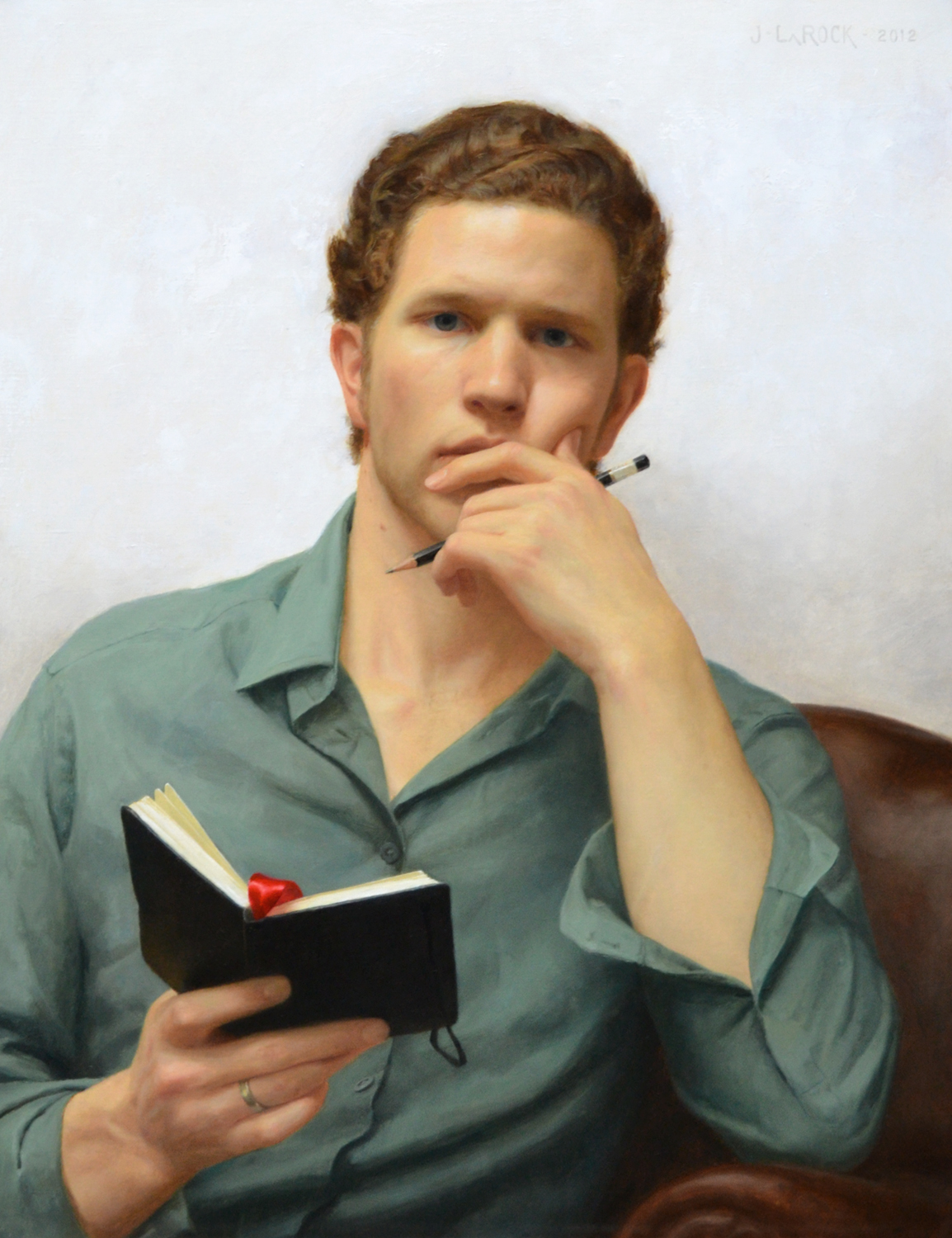
The trick as I see it is to find and remain thoroughly within the overlap of what I wish to paint and what collectors want to buy. Maybe that sounds obvious but I confess I do not always think so deliberately, and I sense the same is true for many of my fellow artists.
Visualize with me a simple Venn diagram where one circle represents the sum of paintings I, as an artist, would like to make, and the other, which represents the paintings a certain market of patrons wish to own. These are, thankfully, not entirely mutually exclusive and so the overlap of the two is where I need to live.
I have to recognize the fact that there are certain paintings I would like to make that either there is currently a slim market for or can easily be cost prohibitive—be they large multi-figure religious and historic narratives, endless European plein airs, or whatever.
Likewise, there are many paintings that are currently selling that I am simply unwilling to do, philosophically opposed to, or that aren’t my genre—see the incredible amount of money flowing at Sotheby’s recent contemporary art sales, Art Basel Miami, or, closer to my world, still-life works that have wide appeal, whereas I am primarily a figurative painter.
Finding the overlap begins with knowing my audience. Too often I narcissistically paint whatever interests me, forgetting that art is for people. I have the responsibility to understand my collectors and the wider culture, and empathize with them.
As much as I would like to make paintings that look exactly like Rembrandt, Delaroche, or Bouguereau, the reality is I live in a different time and am selling and showing my work to people who have different aesthetic expectations and meta-narratives. That said, I can identify a few core variables common to all eras which seem to influence the salability of a work or art. Among others factors, let’s look at decorative quality, subject matter, reputation, and personal relationships.
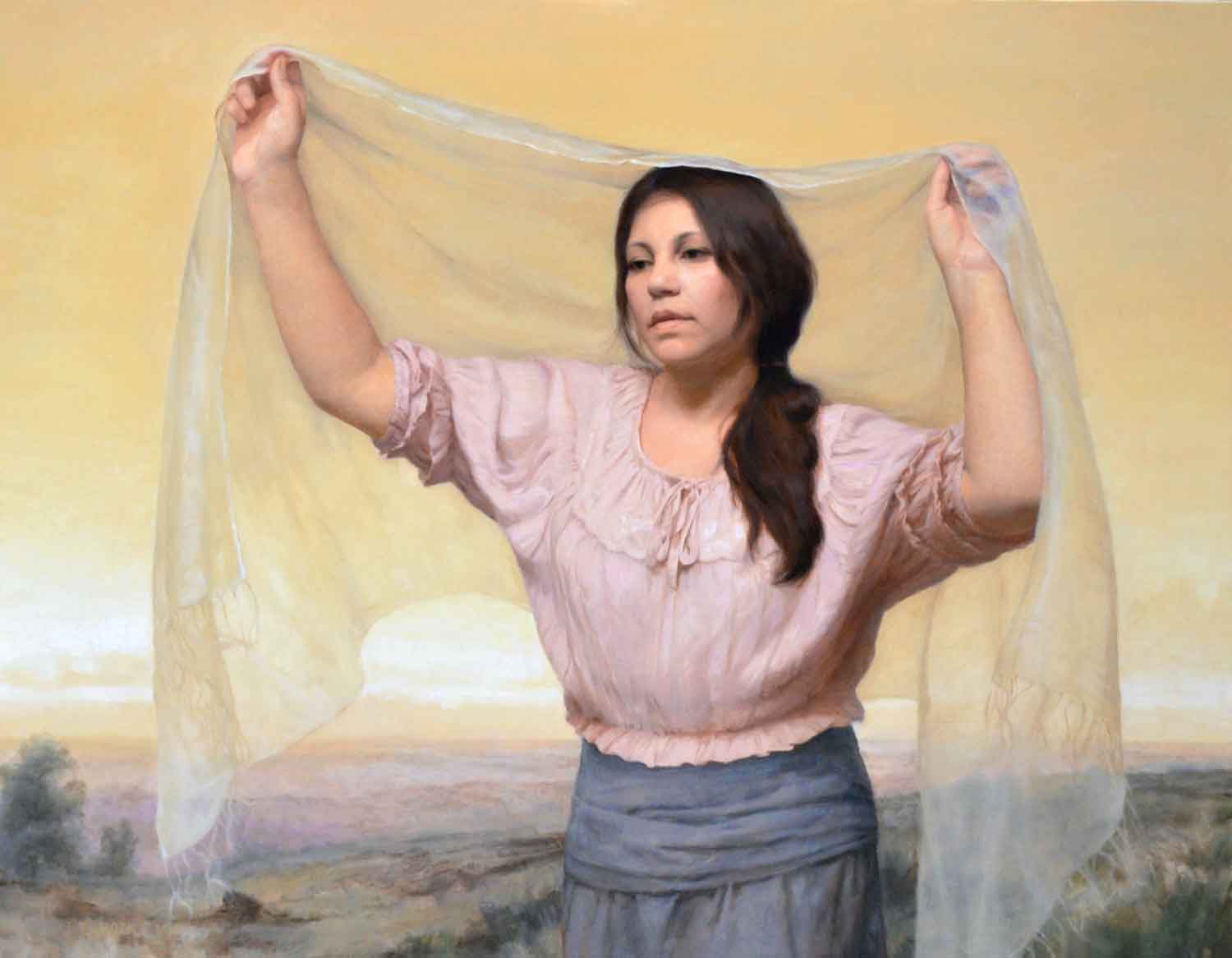
Decorative Quality
Though it may be frustrating to me as an artist, collectors buy paintings to go with their couch—so perhaps I need to investigate current trends in interior design. One idea is that neutral palettes tend to create a peaceful mood and harmonize nicely with a wide range of environments. Another option may be to give the composition some lyrical movement or think of how it may function as a splash of color in a room.
Please do not misunderstand me; I can hear my inner idealist groaning indignantly along with many of you, saying, “Art is much more than this!” With this I agree, but it would be foolish to overlook that this is a very real aspect that collectors consider. Are there not figure paintings I could create with a neutral palette that would also be extremely satisfying to me?
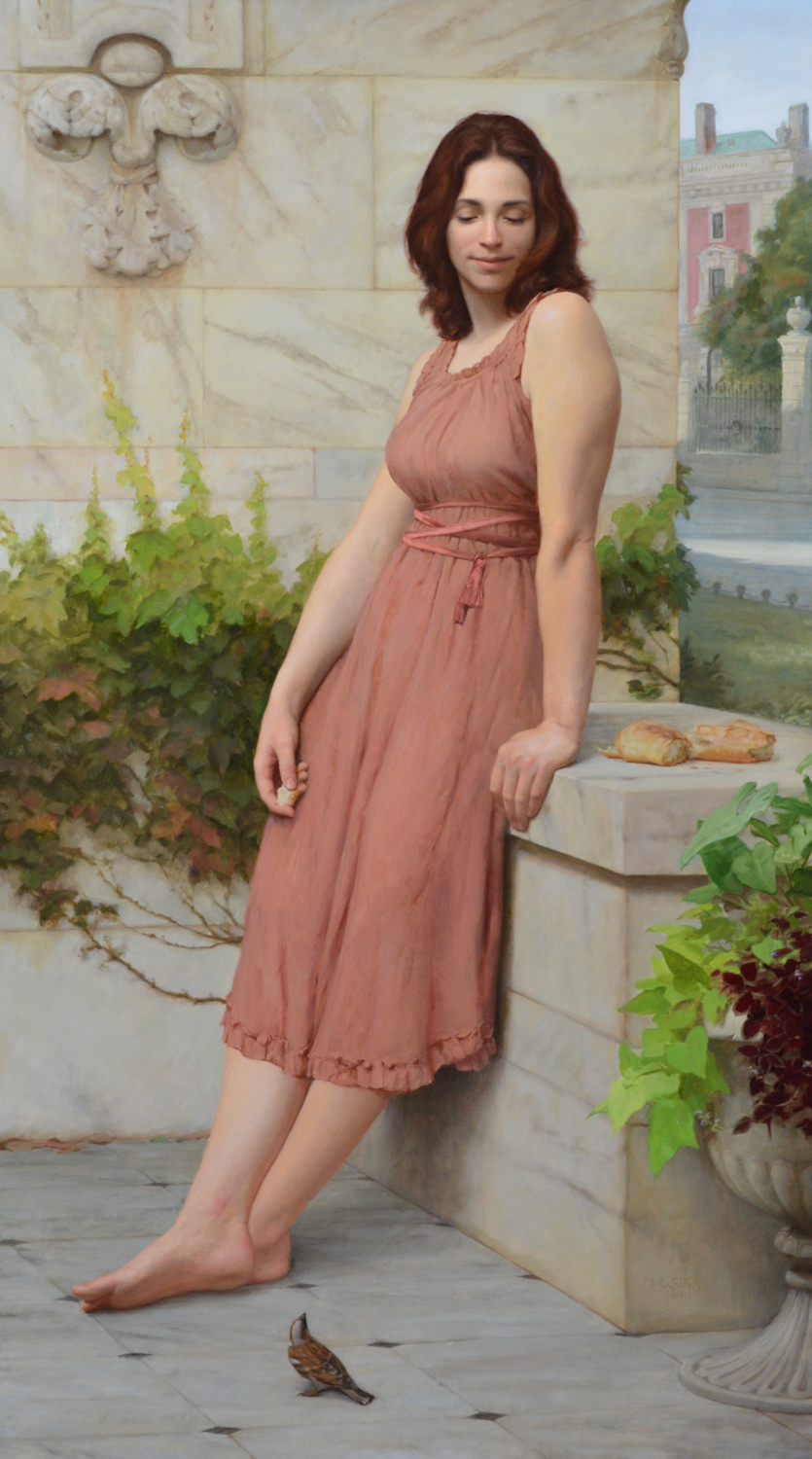
Subject Matter
When regarding the subject matter of a piece, it seems that story is king. One of my best successes here is a piece titled “The Entrance.” I was originally drawn to the simple visual idea of the reflection in a glass door, but what emerged was an implied narrative.
It was not a specific story but rather a mysterious and poetic essence that I emphasized with an enigmatic title. It resonated. In fact, I quickly sold the original and was commissioned to make a copy. It was something of a happy accident but one I learned from nonetheless.
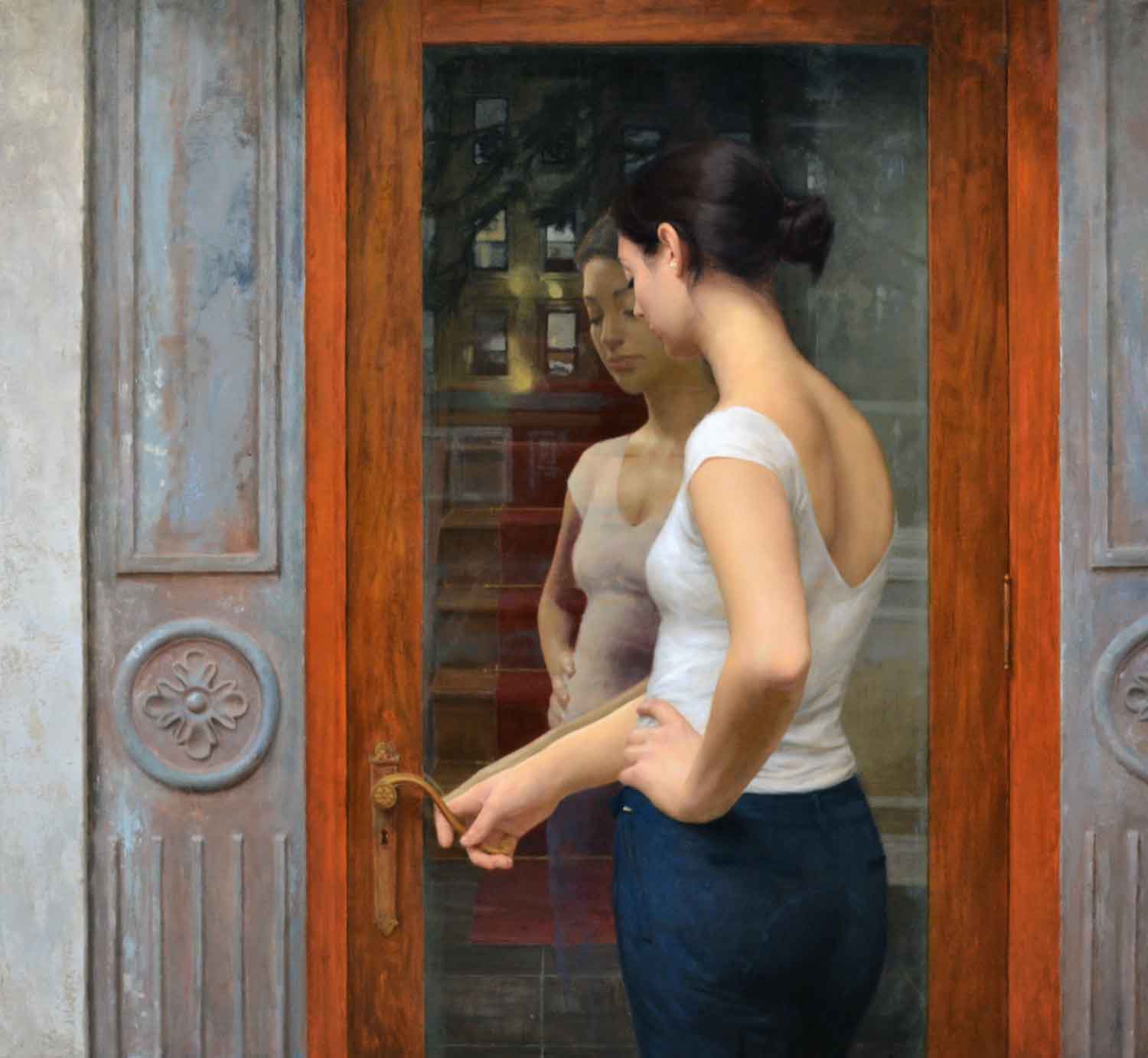
Reputation and Personal Relationships
The two most important aspects to selling work are probably reputation and personal relationships. The better brand an artist has and the wider the network, the more the two circles we’ve discussed will overlap. As reputation grows, patrons will increasingly buy whatever comes off the easel.
The reasons why are surely multifaceted, but it is simple enough to conclude that collectors want to buy paintings they can tell their friends about. Patrons (and I) want people to say, “Oh, you own a LaRock?!” Similarly, collectors often want to connect with the craftsman even above the craft.
It is perhaps in this vital arena that we artists individually and collectively fall most short. Nurturing relationships and building a reputation takes a tremendous amount of time and energy away from the easel. People skills are an entirely different talent. True, this is largely what gallery relationships are for and if you can find the right galleries it can be very fruitful. Yet, with the internet, social media, and globalization we artists are going to have to increasingly take up the reins.
As a collective movement of representational painters we lack a clear vision and brand. That our paintings are representational, highly skill-based, or however we are defining ourselves, does not seem to be enough to capture the wider world’s attention.
A good portion of the problem could be that most people simply don’t know that our little corner of the art world exists, and all we need is better marketing and wider reach. However, I suspect that the main culprit is that we are not telling enough of a compelling and unified story about the painting we do. There is simply too much philosophical variation within the camp to reach a high volume, and combat the entrenched, vested interests which hinder. Furthermore, not enough attention is being paid to exactly how we say what we wish to get across to the wider culture.
Moreover, we need to remember that there is a third circle overlapping the other two, which we must be attentive to, and which also must be our entry point: that of good art. We create an awful lot of mediocre paintings and none of us has reached the technical and aesthetic heights to which we aspire. Here, I freely admit that I am too often numbered among the transgressors.
So we must keep pushing higher in our ambitions and not become complacent. I think our inability to be honest with others and ourselves grows out of an unhealthy mingling of our identities and our work. The truth is I am not what I produce. In other words, my significance as a person is not equivalent to the quality or success of what I paint. Freedom and progress in many areas would be actuated if that reality were to sink in.
I would also urge that we not become more adept at marketing than painting. I trust I am not alone in saying that nothing frustrates me more than when good marketing sells poor paintings. I realize I am not addressing the question of what makes for good art—that is far too large and elusive a topic to unpack here. My hope is that we can at least recognize together that we need humility and an unceasing striving for excellence. At the very least, the lack of these two hugely impacts our mutual reputation.
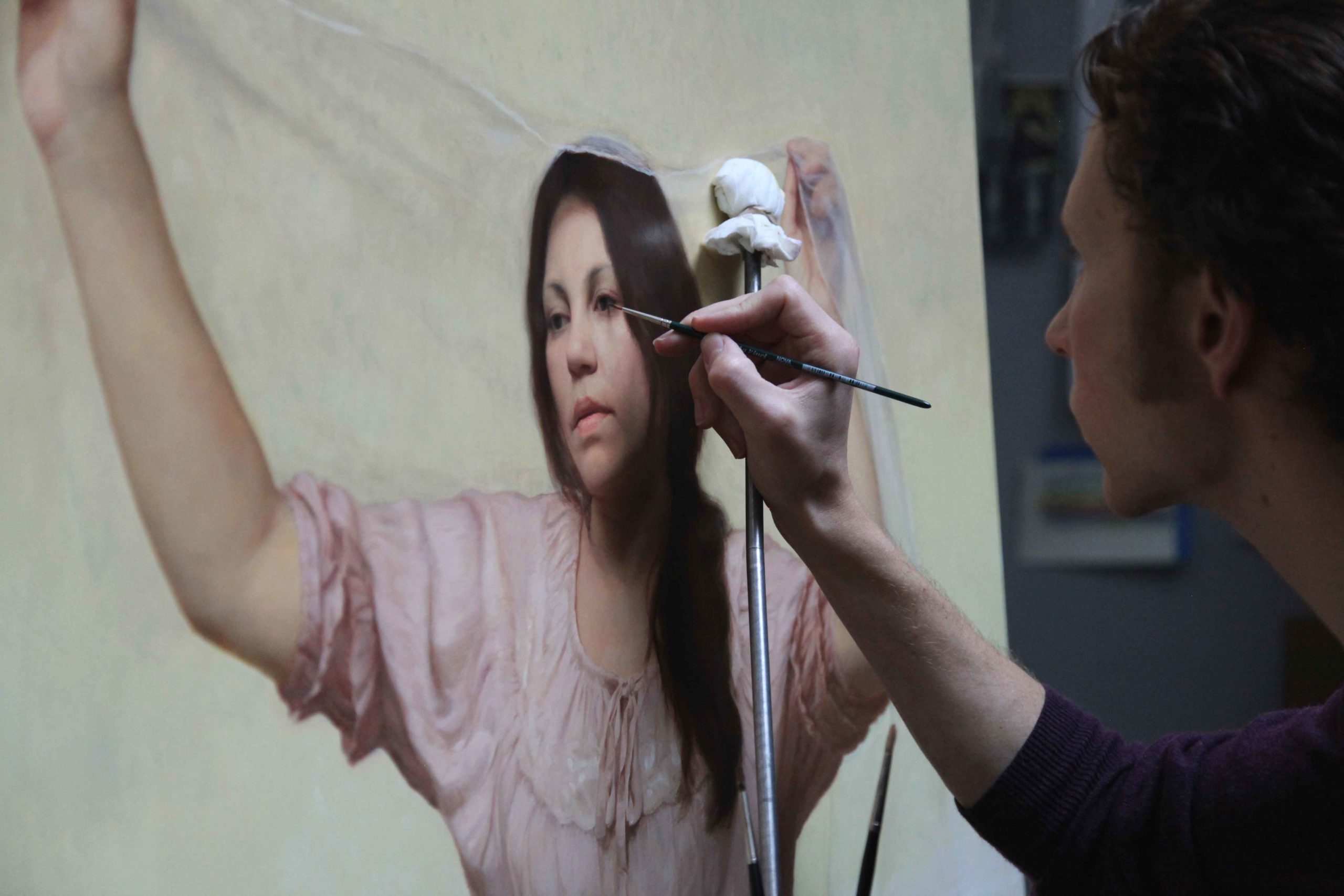
It comes down to this: what sort of truly good paintings do I sincerely desire to create that will also have the greatest chance of selling? Art-making has high overhead and sporadic cash flow, so with a wife and daughter to support I don’t have too much margin for error—I must create paintings that sell.
At the same time I am the classic, sensitive artist type—too much time outside of what inspires me will parch my soul. To be sure, I have much loftier goals than simply selling my work, but none of those will matter or be reached if I cannot find this overlap.
I will finish with a great quote from John Ruskin that I want to have painted on a sign over my doorway, to see as I leave the studio each day. I will touch it on my way out, like a Notre Dame football player, to give me some encouragement, while tempering my ego and idealism:
“It is one of the facts which the experience of thirty years enables me to assert without qualification,” Ruskin said, “that a really good picture is ultimately always approved and bought, unless it is willfully rendered offensive to the public by faults which the artist has been either too proud to abandon, or too weak to correct.”
Joshua LaRock is on the Realism Today Advisory Board. Learn more about his work at: www.joshualarock.com
Joshua LaRock’s painting “Rachel in Blue” was the featured work in his 16-hour art video workshop titled “Classical Portraits.”
Preview the video here:
Joshua LaRock is internationally recognized as a preeminent figurative artist. His exquisite paintings are an ode to the past, filtered through a contemporary life. His portraits and narrative pieces are memorable both for their emotive quality and for evoking an eerily present feeling.
Josh spent over a decade learning and discovering these techniques.
Order “Classical Portraits with Joshua LaRock” and you’ll be learning from one of the best artists today.


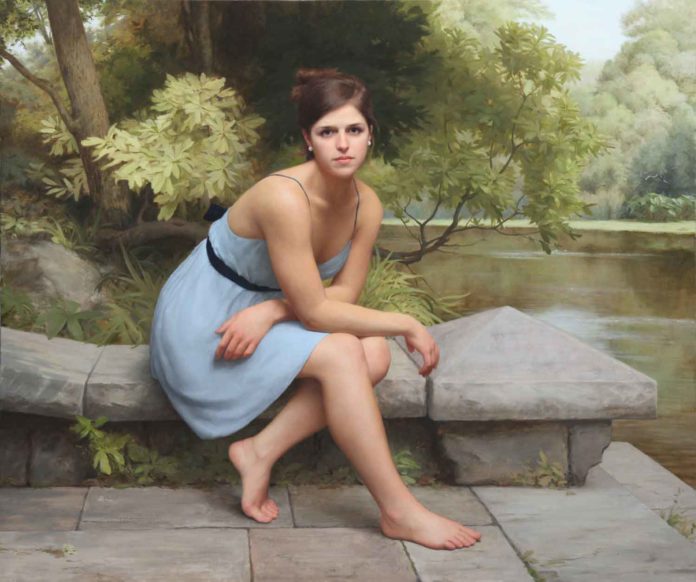



Thank you for your ideas regarding these two territories that we sometimes think with a lot of prejudice, being an artist honest to our ideas and wanting to sell, has helped me a lot.
Joshua- Thanks for your thoughts on painting and commerce.
Comments are closed.